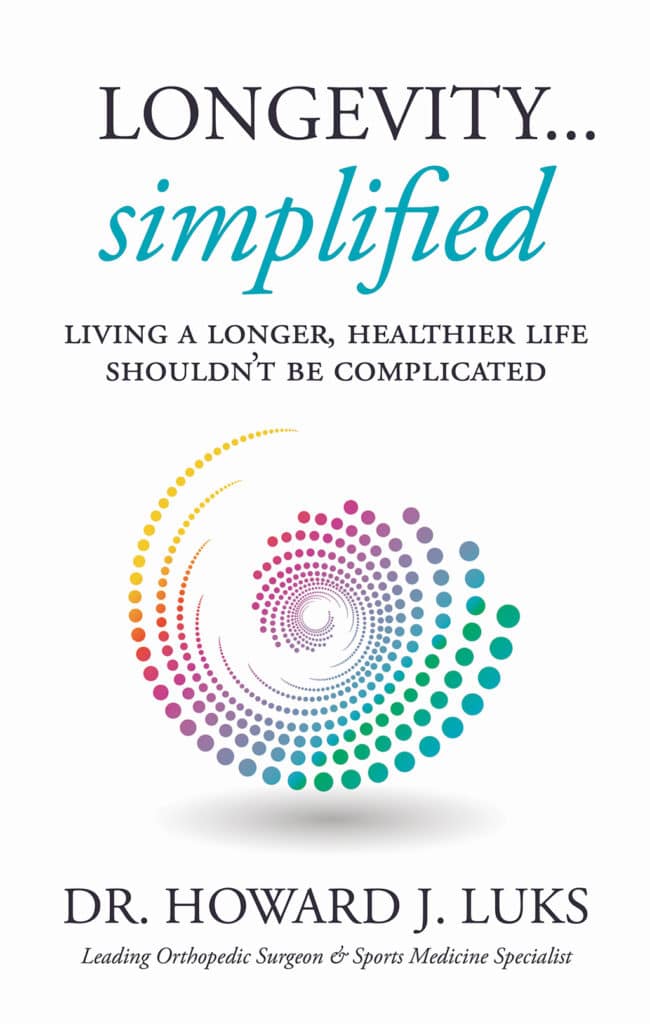
In many of my previous posts regarding the relative value propositions of establishing a deep digital presence in healthcare — or entering onto the stage of healthcare and social media we have talked about the overall value to the:
- healthcare system,
- the patient,
- the physician as a solo practitioner
- the device industry,
- and healthcare institutions.
Clearly the number one value proposition chosen by most health care professionals for entering into the digital arena is to improve upon their ability to drive patients to their office, institution, promote a service line, or to increase the use of their products.
Social Media and the Healthcare Marketing Industry
Outbound Marketing for Healthcare:
Similar to its effects on many industries, social media has turned the healthcare marketing world upside down. Traditional healthcare marketing was and remains outbound in nature. That simply means that you are pushing products or services on your customers or potential patients utilizing various one way, unidirectional — and typically expensive channels. Typical examples of outbound marketing initiatives include:
- television
- radio advertising
- direct mail initiatives
- blast e-mail campaigns
Inbound Marketing for Healthcare:
Over the last two years, and especially over the last number of months there’s been a tremendous focus on the value proposition of an inbound healthcare marketing strategy. Outbound healthcare marketing efforts are on the decline. This is simply because people are now in control of the healthcare information they receive, and where they choose to receive it. In the outbound marketing world all the control was with the company. This is no longer the case. 80% of consumers trust the recommendation of a friend or colleague. 16% or so trust the information contained within and advertisement. Where are these healthcare consumers exchanging information about physicians, hospitals, diseases, products and other information they find useful — On Facebook, Twitter, and other internet/ social media platforms.
To understand the nature of inbound marketing is to understand the evolution of social media and the effect this has had on where people choose to curate their content or information from. Inbound healthcare marketing initiatives focus on placing information about you, your practice, your product, or your hospital in front of your perspective audience where they reside online and on the platform that they choose to utilize.
Some of the most effective inbound healthcare marketing techniques include content marketing as well as social media participation. This includes
- blogs
- video blogs
- podcasts
- And a “foundation” —or dynamic web 2.0 compliant website.
Once you have produced useful, actionable, meaningful educational health related content, you then need to combine this with a strong presence in social media. These efforts can dramatically increase the visibility of the healthcare content you have generated. The essence of inbound marketing is to allow your audience to share and spread your content through their own networks, whether it be on Twitter, Facebook or aggregators such as Digg, and Reddit.
ROI of your Outbound vs Inbound Healthcare Initiatives
Outbound healthcare marketing initiatives are quite labor-intensive, require the assistance of expensive marketing professionals, media professionals — and have a lower return on investment when compared to many successful inbound healthcare marketing initiatives. The cost of establishing a blog, generating meaningful content and utilizing an aggregating platform to share that content is far less expensive and time-consuming than developing a television, print ad campaign or direct mail campaign. In addition, 80% or more of your customers or patients are online and searching for information about you. Outbound healthcare marketing initiatives, do nothing to improve your search engine optimization, nor do they assist you in online reputation management.
Inbound techniques offer you the ability to improve your:
- outreach
- ability to educate
- promote your service line
- promote your healthcare practice
- collaborate and engage
- google ranking
- reputation management
and offer a lingering “residuals” effect — long after the original content is published.
Healthcare marketing channels have changed on a fundamental level. Social media has revolutionized how we interact not only with each other, but with many of the products and services that we may wish to utilize. We are moving away from marketing channels which focus on pounding information into people’s heads. The focus is now on inbound techniques, which primarily focus on adding value by providing meaningful information, and engaging your potential customers or patients in a far more meaningful, engaging and social manner.
Once again, as I’ve said many times over, from a healthcare perspective — I feel that physicians have an obligation to produce meaningful, educational healthcare content for patients to identify and utilize when researching online. This aids them in drowning out much of the commercialized nonsense that a typical google search produces. That being said, most healthcare professionals who choose to establish a presence online will do so purely for marketing purposes.
The world has changed. Communication standards have changed. Does your healthcare marketing professional understand this? Do they understand the difference between inbound and outbound healthcare marketing initiatives, and how to promote your image, brand and service lines with a properly planned, and executed social media strategy?
This is yet another reason why physicians, hospitals, device manufacturers, as well as the pharmaceutical industry need to place a social media agenda very high up in the ranks of importance when discussing their overall strategic and marketing initiatives.
Over 76% of consumers trust peer recommendations, either through social networks or more traditional means of communications. This compares to only 14% of consumers who have been shown to trust advertisements. In the past, word of mouth recommendations occurred offline at parties or dinners with friends. Today’s hyper-connected world brought forth by digital communications has tremendously increased the magnitude, rapidity and reach of those who have something to say about you or your practice.
In 2011 it is simply no longer advisable to simply have a static, template driven online “presence” or no presence at all. In today’s fast-paced world of digital communications, you must be where your potential patients chose to be. You must be in a position for them to find you on the platforms that THEY have chosen to use.
Possessing a firm understanding of the potential of a deep Inbound Healthcare Marketing strategy, combined with a deep digital healthcare presence is of paramount importance… especially to healthcare providers who are being squeezed on all sides.














Another great post Howard!
And Inbound Marketing all begins with a presence in the search engine rankings for your topic. Google tells us 16% of the searches performed each day have never been performed in the past. The only way to rank in these results is by consistently publishing the meaningful content you mention.
And now that search results are social, meaning you will see content shared by people in your network or shared on social channels when you perform a search, you need to be involved in your network / community online.
The statistics are amazing: Every minute for than 500 tweets contain Youtube links, in 4 years the web has gone from 100 million sites to 250 million, 31% of Americans own a smartphone, by 2012 Internet video will account for more than 1/2 of all Internet traffic, Youtube mobile has 400 million views per day, 48 hours of Youtube video uploaded every minute, 57% of people talk more online than they do in person, 43% of U.S. adults would give up beer before their smartphone, …
Nearly every demographic is online and they all use the web buying decisions and education.
Thanks Marc… It is becoming more and more of a necessity that physicians and organizations at least have a basic understanding of the initiatives a qualified mktg professional might suggest… and at the same time be sure that the mktg “professional” understands them too :-) !
Howard – You nailed it. I loved your earlier quote about overwhelming the bad/commercial nonsense with doctor-driven content – “the solution to pollution is dilution.”
Thanks Dave! Great work on Avado… and great discussion you have been having on the avc blog (Fred Wlison) ….
This is a wonderful write up. Being in the Health Search Marketing Business, I see how the algorithms are changing. It is very interesting to observe the changes between today’s search dynamics as well as healthcare itself. Businesses are certainly turning to social media and providing useful content to feel people’s minds and not just algo robots!
Thanks David… I couldn’t agree more :-)
HJL